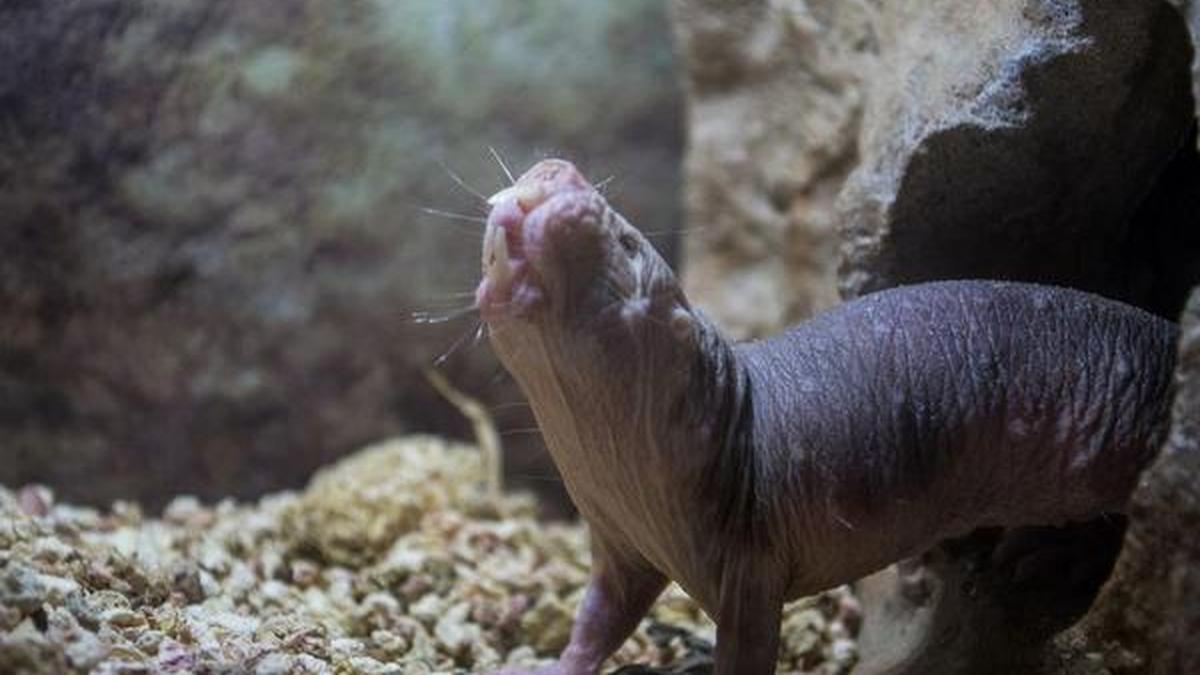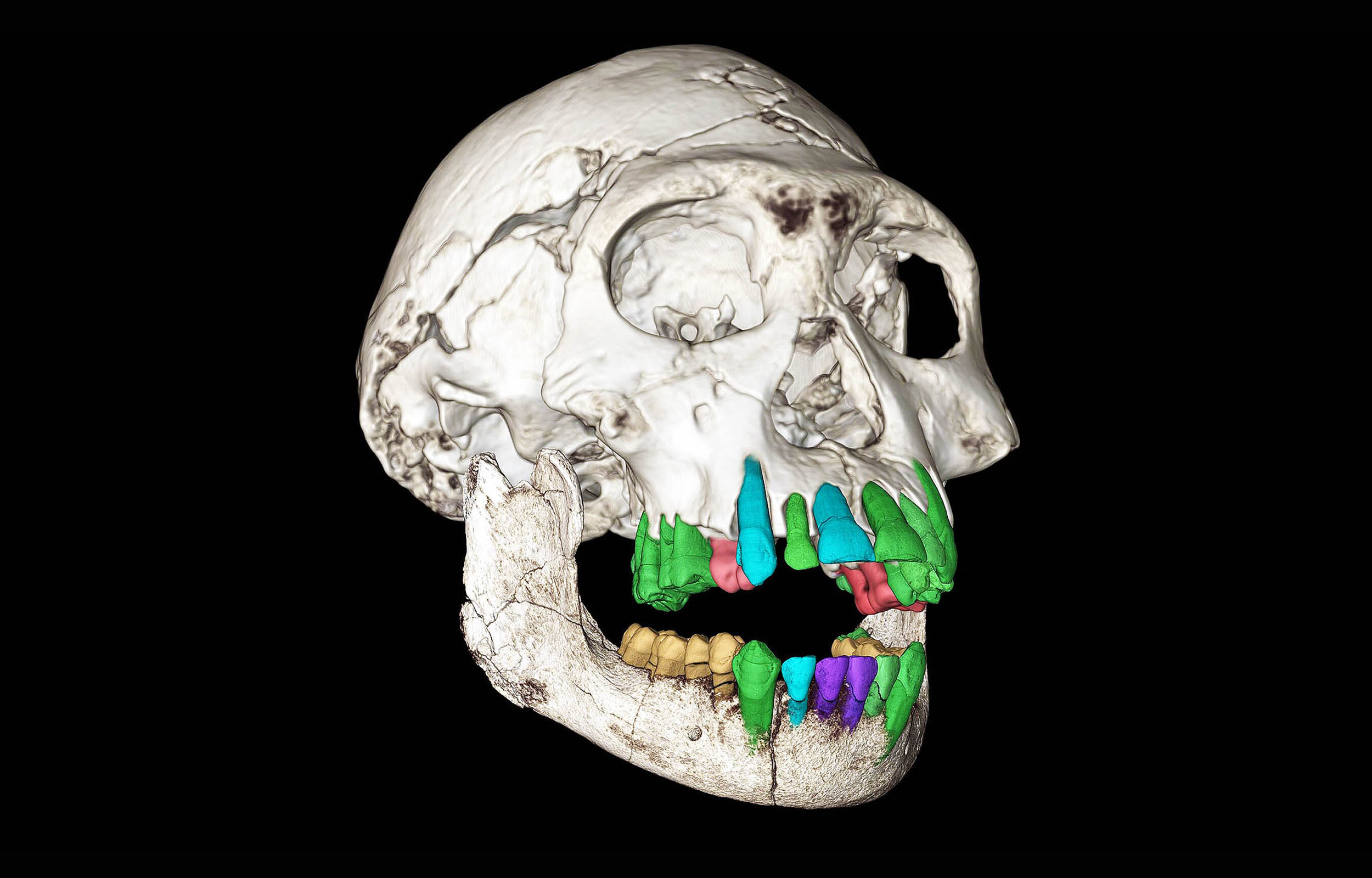BEIJING, Oct. 13 (Xinhua) — A Chinese research team has compiled a groundbreaking plasma metabolome atlas, mapping the extensive links between metabolic profiles and a wide range of human diseases.
This work provides a valuable theoretical…
BEIJING, Oct. 13 (Xinhua) — A Chinese research team has compiled a groundbreaking plasma metabolome atlas, mapping the extensive links between metabolic profiles and a wide range of human diseases.
This work provides a valuable theoretical…

The naked mole rat is famous for living nearly 10x longer than other mammals of similar size.
| Photo Credit: Tim Evanson
The naked mole rat…

WASHINGTON — SpaceX is set to conduct its next Starship test flight as the company continues to test the launch vehicle and play well with others in airspace.
The Flight 11 mission of Starship is scheduled to launch from the…

A new University of Michigan study offers one of the most detailed pictures so far of how violent sun storms spread across space — and occasionally, straight to our planet. With the help of supercomputer simulations, researchers traced the…
This request seems a bit unusual, so we need to confirm that you’re human. Please press and hold the button until it turns completely green. Thank you for your cooperation!

Humans stand apart from many other primates by taking more time to mature, relying on a supportive network of parents, grandparents, and community members during a long period of childhood.
This extended period of growth has long been considered…

High above the ice at the South Pole, a detector the size of a city block listens for some of the quietest messengers in the universe. In its latest analysis, the IceCube Collaboration combined 14 years of track data and 10 years of cascade data…
Betelgeuse, the brilliant red star marking Orion’s shoulder, has long been suspected of harbouring a secret. I have to confess, Betelgeuse holds a special place in my heart as the first star I ever looked at through a telescope as a…